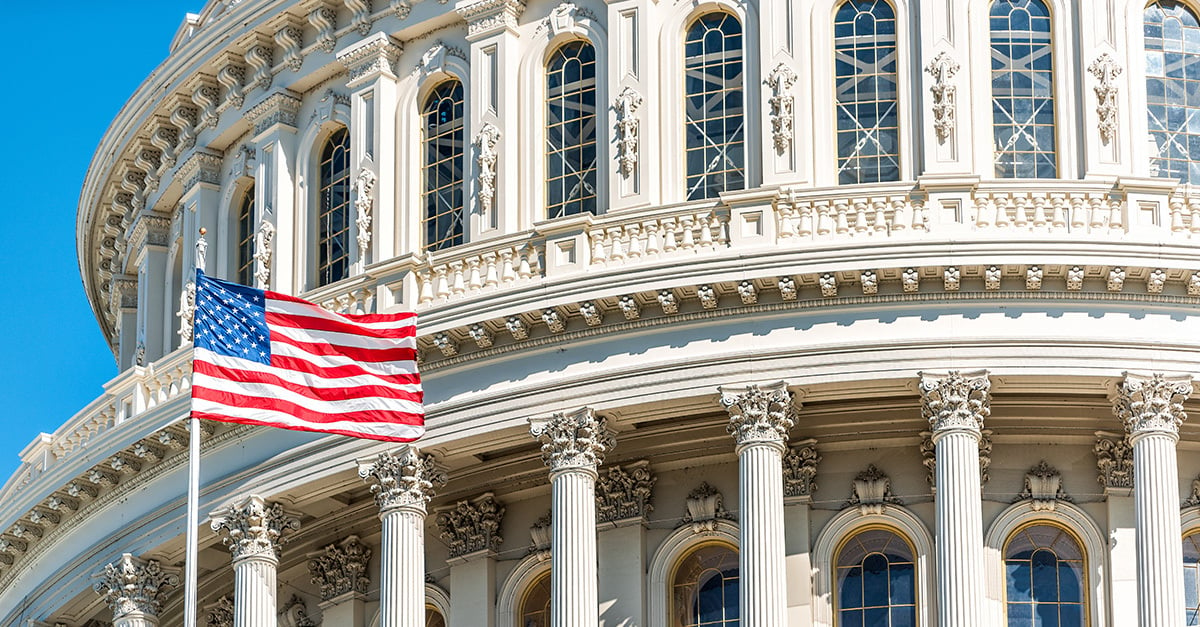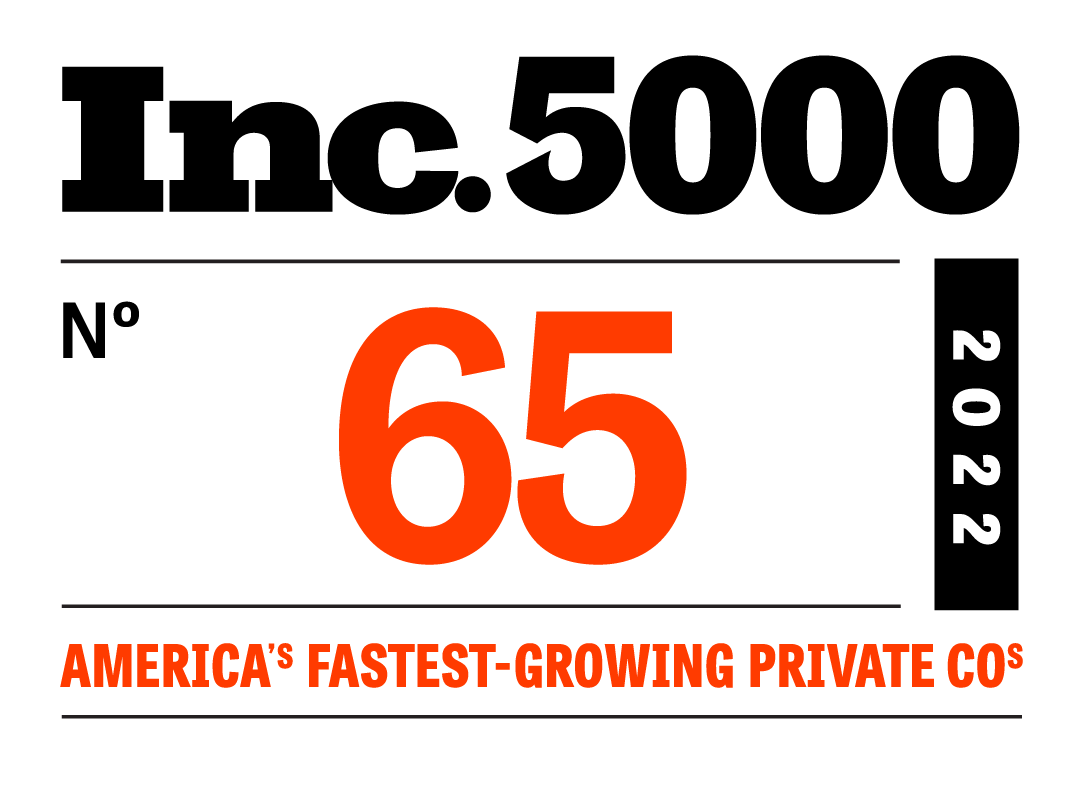
The Paycheck Protection Program is once again in the news, after the SBA surprised many by releasing their updated Procedural Notice on Forgiveness near the close of business on Thursday, July 23, more than a week ahead of anticipation.
Along with the Procedural Notice was an announcement that as of Monday, August 10, 2020, the SBA will officially begin accepting PPP Forgiveness applications.
Taken together, lenders have a better picture of what the final phase of PPP looks like, however there are talks in Washington about new legislation to breathe a second life into PPP Originations.
As many are now aware, the first round of $349B in PPP funding was depleted at a historic pace--with the SBA noting 14-years worth of loans had been done by the industry in just 14 days. However, the second round of an additional $310B has yet to go, with estimates putting the remaining pot at around $130B.
The inability to extend the final $130B in SBA-backed loans has left many scratching their heads. Businesses are clearly still struggling, with many saying they won’t be able to survive without further government assistance.
Senators in both parties have come to the conclusion that many of these businesses, especially the hardest hit among them, could benefit from a second round of assistance and are working to amend the current law to allow for just that.
And Numerated has gotten a first look at this legislation, that has been informally referred to in the Senate as “CARES 2”. The legislation, which will be formally introduced to the Senate this week, includes but is not limited to the following updates to the Paycheck Protection Program:
- “Second Draw” Loans: A total of $190B is being proposed for what the Senate is referring to as “Second Draw” loans, or loans to businesses that were particularly hit hard by the economic fallout from the Pandemic and have already taken out a PPP loan in the first wave of originations. This would include businesses with no more than 300 employees and have a provable 50 percent or greater drop in revenue. These borrowers will be able to take upwards of 2.5X monthly payroll or up to $2M in “Second Draw” loans. Original PPP loans and “Second Draw” loans cannot total more than $10M in aggregate.
- New 7(a) Loans: The legislation sets aside $100B for new 7(a) loans to recovery sector businesses. These are defined as 1 percent loans with up to 20-year maturities, and a 100% guarantee by the SBA. Borrowers would be eligible to take out loans equivalent to 2X annual revenue, but not exceed $10M, as long as they have no more than 500 employees and can show a 50 percent drop in revenue. These loans will carry a 2-year deferral period as well.
- Structural Improvements: There is mention in the legislation of structural PPP improvements including a “streamlined” loan forgiveness process for smaller loans.
- Forgivable Expenses: The legislation proposes an expansion of forgivable expenses to include supplier costs, worker protection, cloud services, payroll software, and property damage.
Extending the Paycheck Protection Program in such a way could lead to a swell of demand among the same borrowers who quickly depleted the original fund in just two weeks.
Banks and credit unions that invested in technology to expedite and streamline PPP loan approvals through a fully-automated, end-to-end process, will be in an advantageous position and able to continue to issue same-day funding to borrowers. Financial institutions that survived the first wave through creative resource allocation and sheer willpower, however, will be in a difficult position when PPP originations reopen once more.
Numerated helps banks and credit unions provide a fast and simple digital lending experience for borrowers by pre-filling applications and form information for them, and lenders can get implemented with the platform in just one week.
To get more information and a look at the platform that has already helped disburse $16B in PPP loans to nearly 190,000 businesses, visit our PPP Resource Hub.







